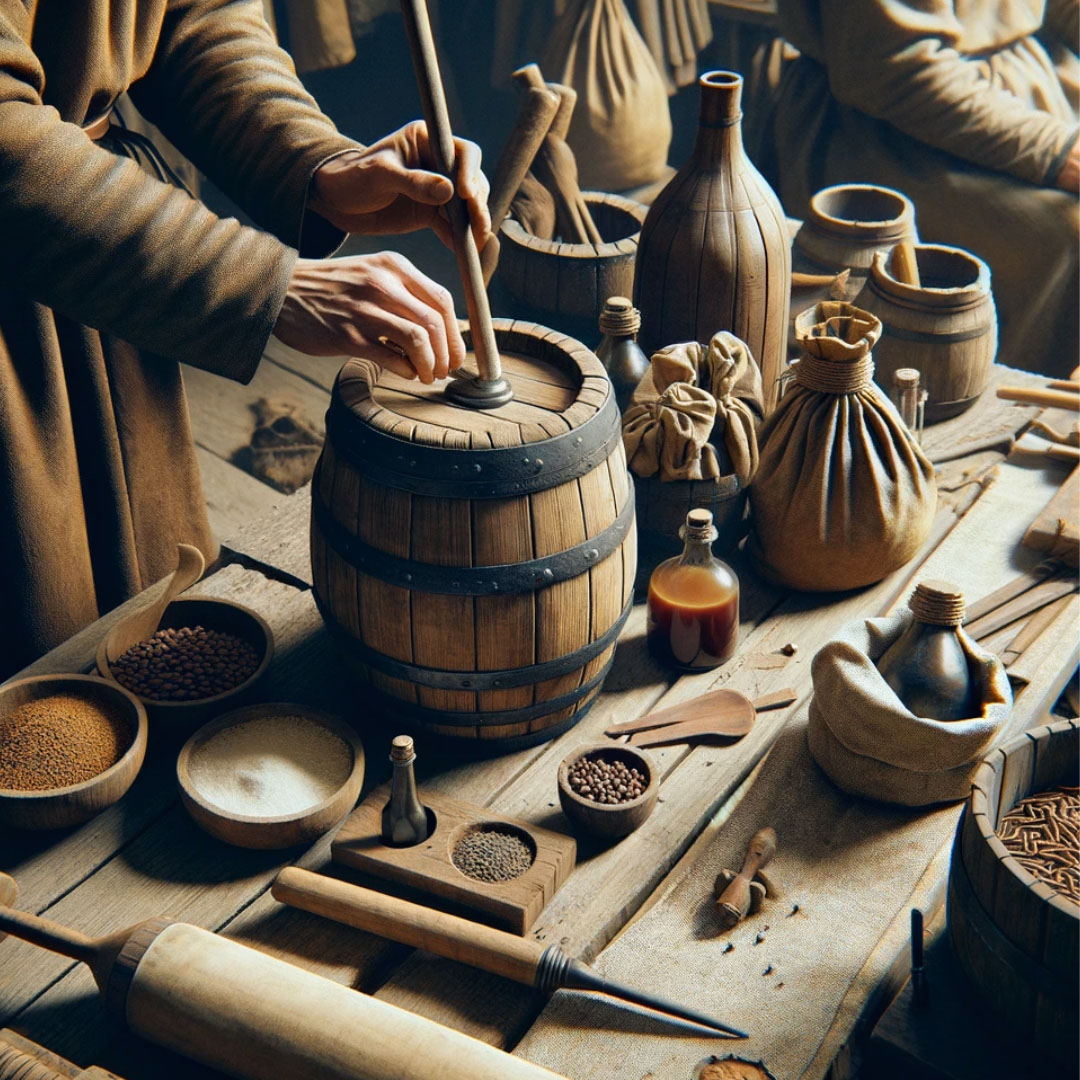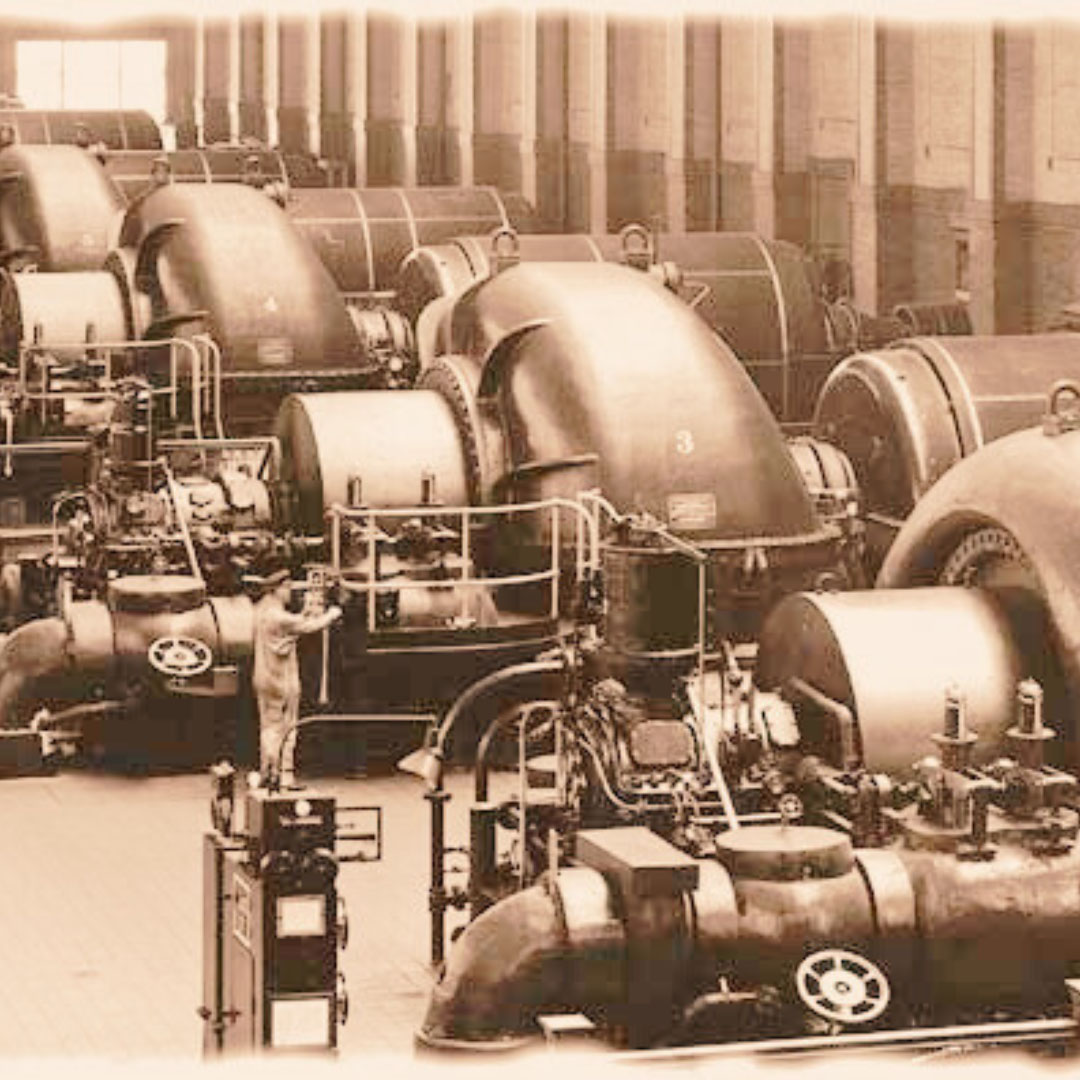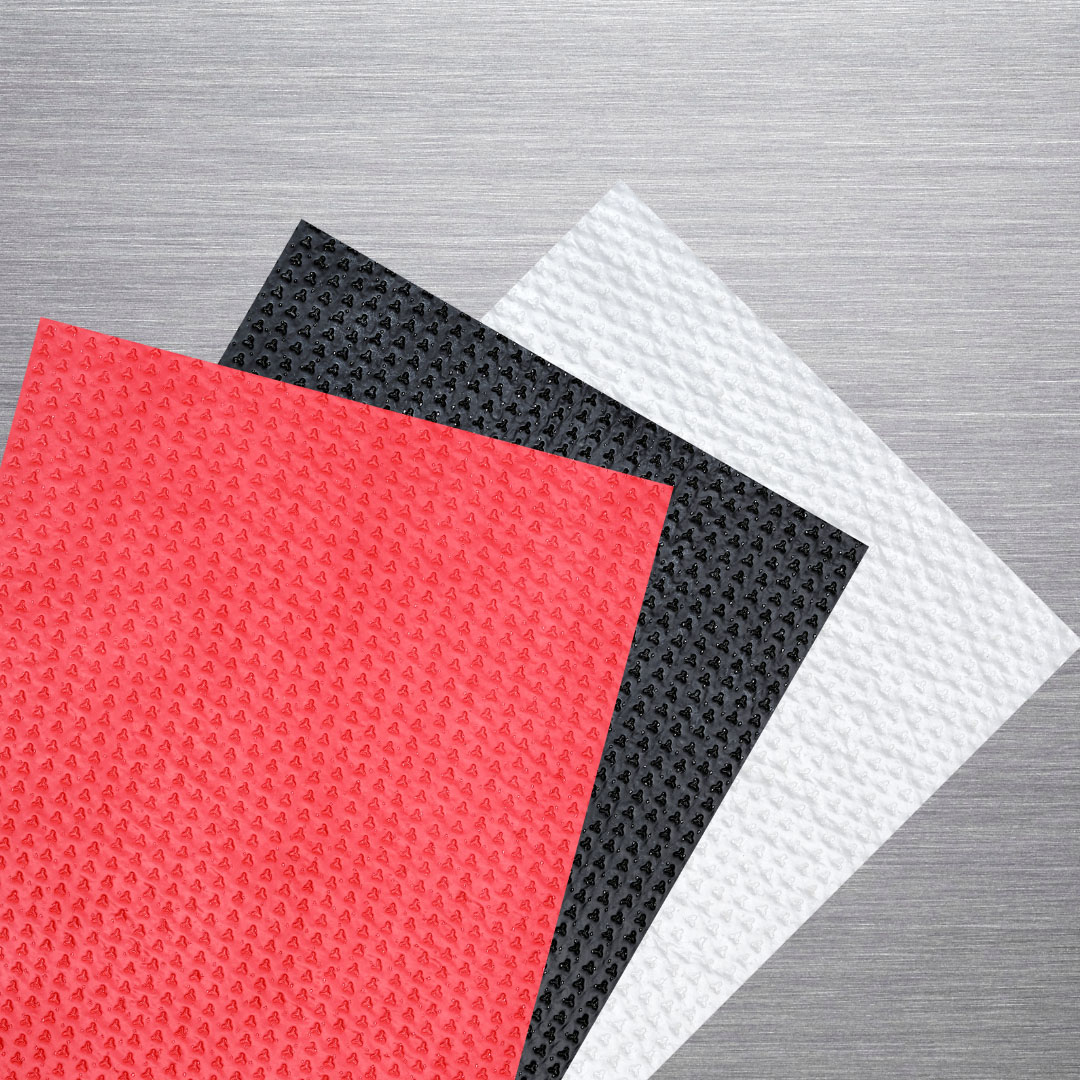
The evolution of food packaging: a journey back to the Middle Ages
In the Middle Ages, roughly extending from the 5th to the 15th century, the development of long-distance trade presented new challenges and made packaging a vital component for subsistence and the economy.
The capacity to keep food edible during transport became essential, as did ingenuity and the intelligent use of available resources.
The techniques used to package and store the food thus reflected a balance between the accessibility of materials, practicality of use, and the ability to keep food edible for as long as possible.
One of the most commonly used materials for packaging food was animal skin, treated to become waterproof and resistant. This was then sewn and shaped into containers called wineskins, used to transport liquids such as wine, oil, and milk.
Woven baskets, made of wicker or other natural fibers, were used for fruit, vegetables, and grains, while earthenware pots sealed with beeswax were used to store foods such as honey, butter, and cheese.
Spices and other valuable goods are often wrapped in fine cloth or leather to protect them from moisture and insects, and this is indicative of their value commercial and culinary value.
Salt, in particular, played a crucial role not only as a dressing but also as a food preservative: meat and fish were salted and then wrapped in sturdy cloth or placed in wooden stretchers, allowing and facilitating their transport over long distances.
Crates, often made of wooden boards nailed together, protected valuable and fragile goods such as pottery and glass during long journeys.
Canvas bags, which are durable and flexible, were the most favored choice for grain, spices, and other bulk products that could be easily loaded, unloaded, and transported by mule or camel along overland trade routes.
These methods, although primitive for modern standards, are innovative solutions that reflect a profound adaptation to the logistical challenges of the time.
Their effectiveness cannot be underestimated: thanks to these packaging systems, food and goods could travel from one end of the known world to the other, influencing food habits, economies, and even cultures.







